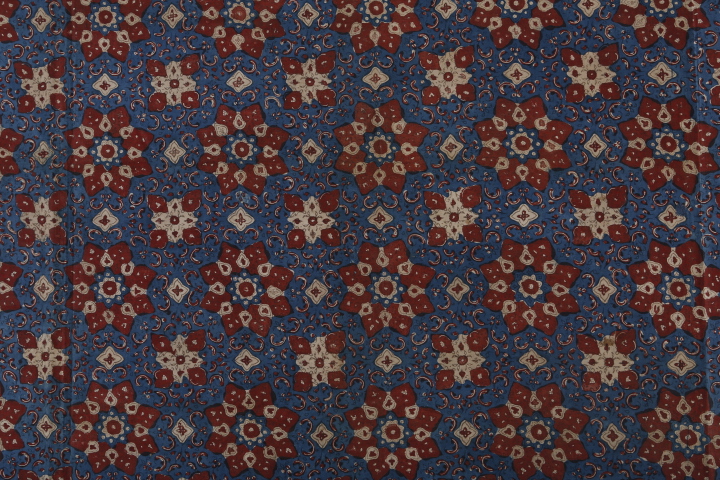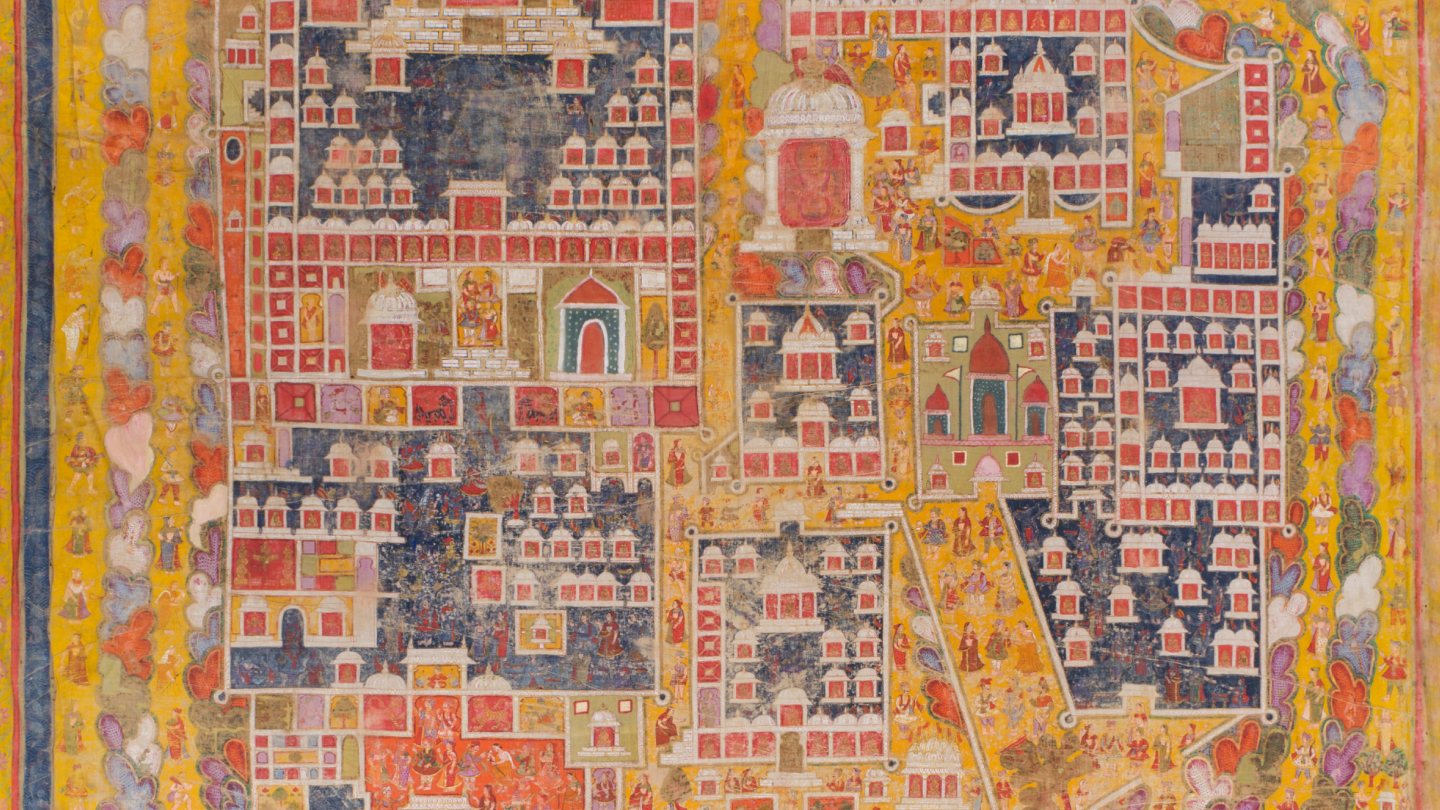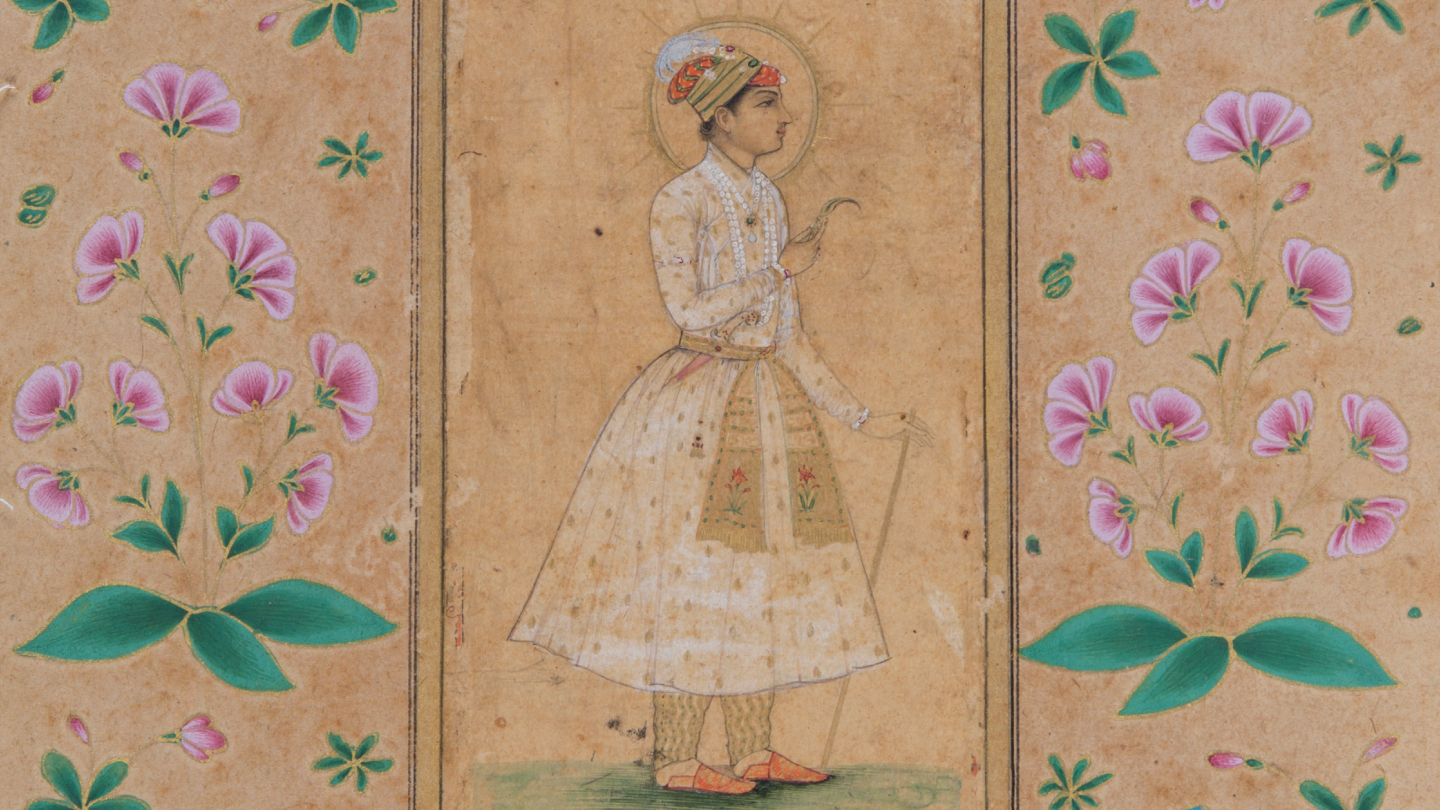Blogs
India’s Most Expensive Artists
Krittika Kumari
Here’s a glimpse at the leading artists of the country and their artworks that hold the record of being the most expensive paintings to have been sold in the history of Indian art.
Rarely is the artist V.S. Gaitonde’s name missing from a conversation about Indian art or rather, the art market in India. One of India’s premier abstractionists, although he chose to avoid this term, Gaitonde continues to hold the record of being the country’s most expensive artist.
The Padma Shri awardee completed his diploma from Sir J.J. School of Art, Bombay in the year 1948 and dabbled in figurative art in his early years, which was quite influenced by the works of Swiss-German artist Paul Klee. However, it was during his Rockefeller Fellowship in New York in the early 1960s, that the artist decided to foray into abstraction, or “non-objective” art as he preferred to call it, after seeing works by significant abstract expressionist artists in the city. What began then was his long standing relation with Zen Buddhism, which resonated on the canvas and helped him develop his aesthetic expression. His colour-saturated canvasses have a meditative quality about them, and highlight this unique dichotomy between stillness and movement.
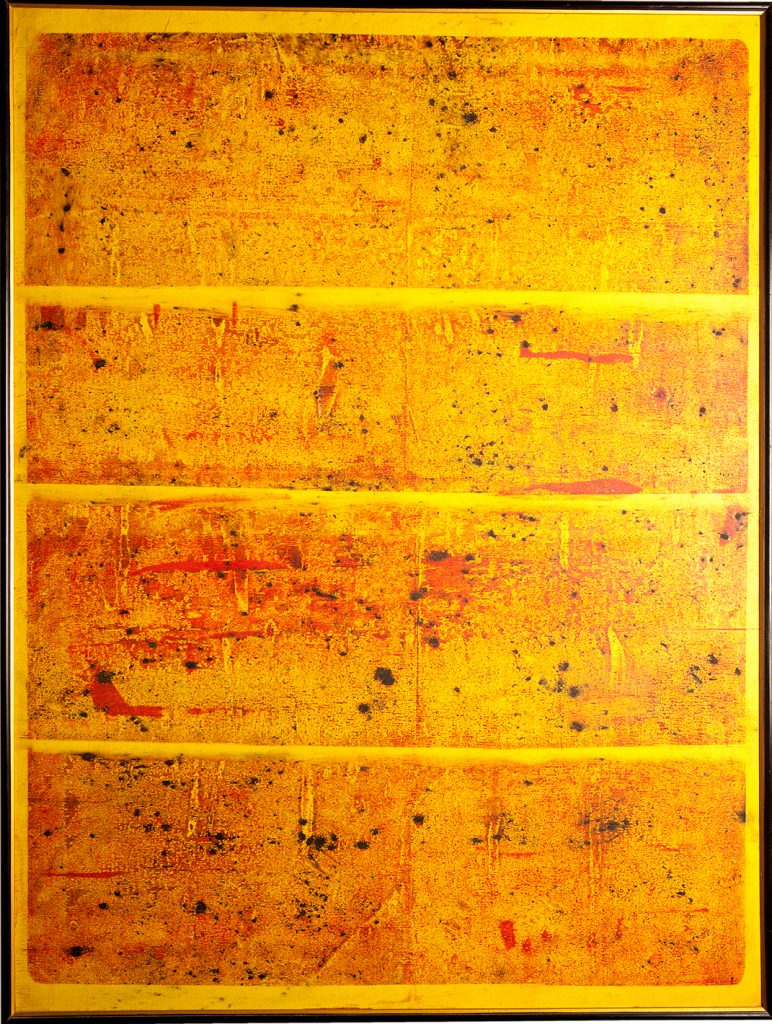
Abstract (Orange and yellow) by V.S. Gaitonde, 1989, Oil on canvas, MAC.00702
Although he exhibited widely internationally and was fairly well known, it was in 2013 that Gaitonde’s appreciation reached new heights when his canvas from 1979 sold for over Rs. 20 crores at the first auction by Christie’s in India. What is even more astounding is that his work has continued to set new records for the highest selling Indian artwork every few years. A couple of years later in 2015, Gaitonde’s canvas from 1995 sold for Rs. 29.3 crores at another Christie’s auction in India; in 2020, his canvas from 1974 was auctioned for Rs. 32 crores at an auction by Pundole’s in Mumbai. More recently in March 2021, and setting yet another record, his canvas from 1961 sold for Rs. 39.98 crores at Saffronart’s live auction! He may not have gained as much recognition as his contemporaries, such as S.H. Raza and F.N. Souza, during his artistic career; however, he is the first Indian modern artist to have received such a high sale value in the history of Indian art.
There are several other artists who have also received tremendous attention. Here’s a glimpse at some of the most expensive Indian artists.
Amrita Sher-Gil
The artist who perhaps needs no introduction today, Amrita Sher-Gil continues to hold the position of India’s foremost female artist who inspired generations of women to pursue their passion and make a mark in the field. The Hungarian-Indian painter, who returned to India in 1934 after studying in Paris, took to the figurative genre, painting men and women in villages around her, and was able to evoke emotions of melancholy and nostalgia through her depictions. Just last month, Sher-Gil’s work In the Ladies’ Enclosure from 1938 sold for over Rs. 37 crores, making it the second most expensive Indian artwork. The work is undoubtedly one of Sher-Gil’s masterpieces as the composition marks the period in her life when she had found her own voice and transformed from a European aesthetic to an innately Indian one. This recent sale beats the artist’s previous record from 2015, when a rare self-portrait sold for over Rs 17 crores at a Sotheby’s auction in London.
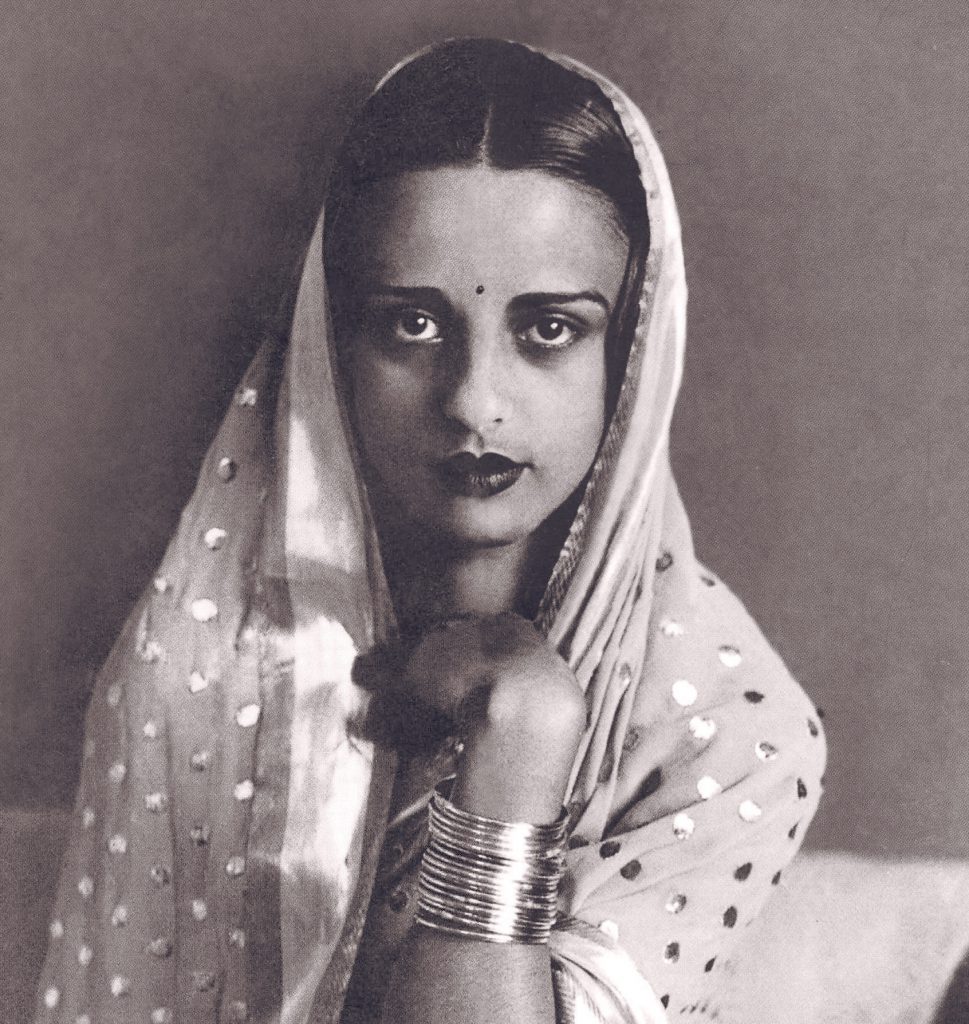
Amrita Sher-Gil, 1936, Image credit: Wikimedia Commons
Tyeb Mehta
Recognised as one of India’s leading modernists, Tyeb Mehta, much like Gaitonde, studied at the J.J. School of Art, Mumbai and later spent time in the United States on the Rockefeller Fellowship. He is most known for his distorted figures, which were partly influenced by the artist Francis Bacon’s fractured figures, as well as for his diagonal demarcation in the picture field and a distinct use of colour. A masterpiece in its right, and displaying all characteristics that were key to the artist’s oeuvre, Mehta’s work Kali from 1989 sold for Rs 26.4 crores in an online auction by Saffronart in 2018. This isn’t the first time the artist’s work demanded such an exorbitant price. His previous record is from 2017 when his work Untitled (Woman on Rickshaw) from 1994 sold for Rs. 22.99 crores at a Christie’s auction.
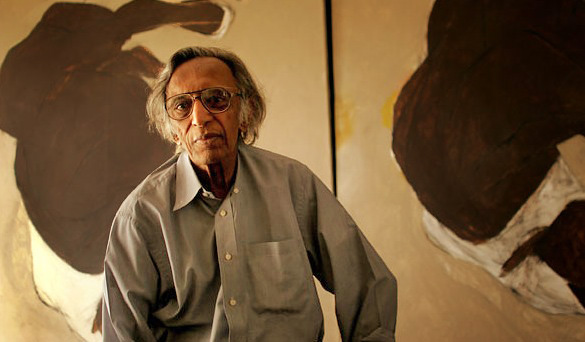
Tyeb Mehta, Image credit: Wikimedia Commons
F.N. Souza
Soon after he was expelled from the J.J. School of Art for participating in the Quit India Movement, F.N. Souza founded the Progressive Artist’s Group in 1947, along with contemporaries such as M.F. Husain and S.H. Raza. Two years later, in 1949, Souza left for London where he began to exhibit and gain recognition for his cubist, distorted forms, frenzied lines and figures that often referenced the classical sculptures of India. Throughout his career, he dabbled in various mediums and genres, such as figurative, landscapes, still-lifes, however, he is most well-known for his nude female figures. One such painting titled Birth stands out not only for its bold depiction and metaphors, but also for the fact that it was sold for around Rs. 24 crores ($4.08 million) in 2015 at a Christie’s auction, which set the record as one of the most expensive Indian artworks at the time. Interestingly, the same painting had set a record at an earlier Christie’s auction in 2008 when it commanded a high price of around Rs. 15 crores.
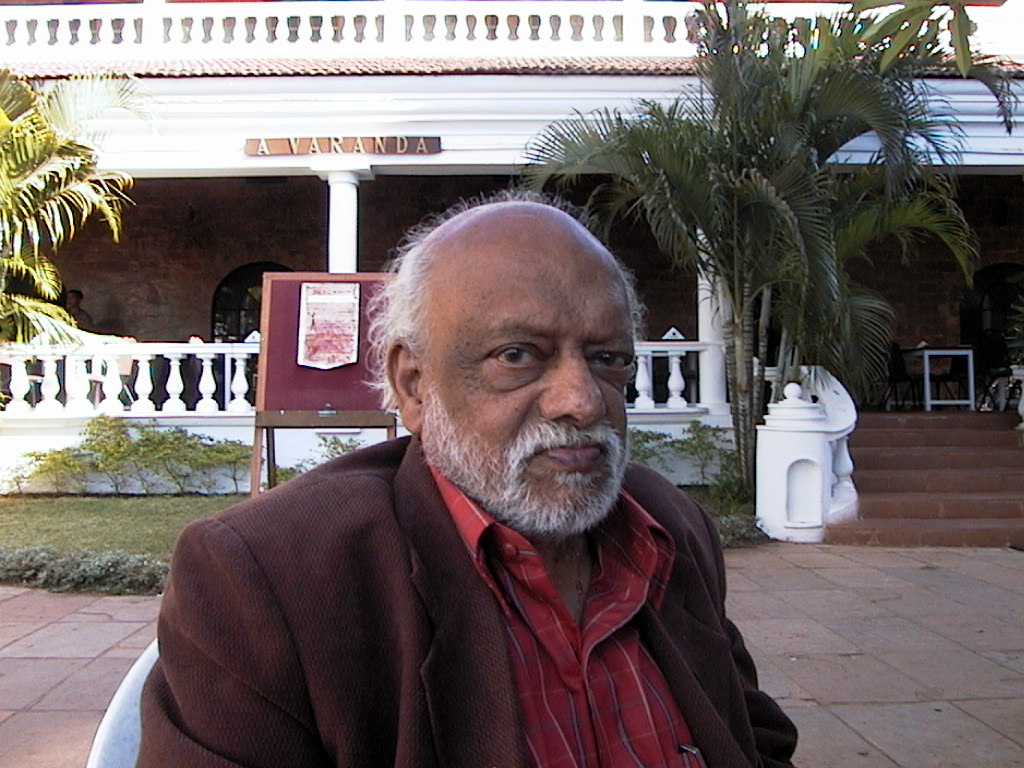
Artist FN Souza , seen at a hotel in Arpora, Goa, a few months before his death, 2002, Image credit: Wikimedia Commons
Krittika Kumari is the Digital Editor at the Museum of Art & Photography, Bengaluru. A graduate of the Courtauld Institute of Art in London, her research interest lies in the Mughal miniature painting tradition, as well as Indian Modern Art.

